Gardening is a source of joy and a way to stay close to nature. However, the same vibrant plants that bring beauty to your space also attract a variety of unwanted visitors—bugs. While chemical pesticides are commonly used, they often come with harmful side effects for both human health and the environment. That’s where home-made sprays step in as a safe, cost-effective, and eco-friendly solution. This article explores how to make and use natural, home-made bug sprays to protect your garden without resorting to harsh chemicals.
Why Use Home-Made Bug Sprays?
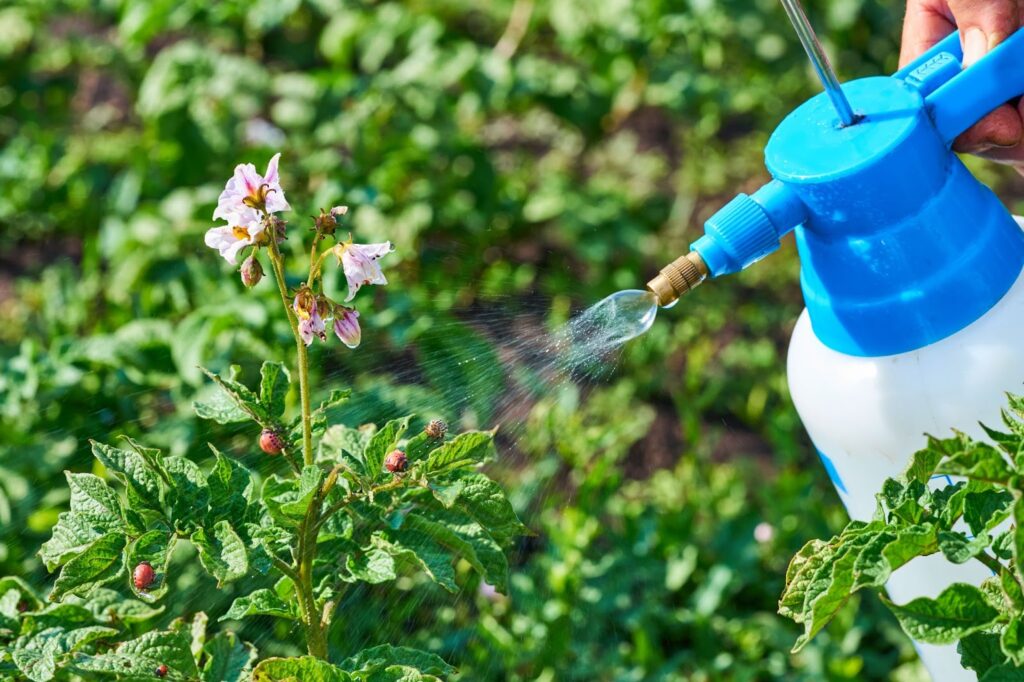
Before diving into recipes, it’s essential to understand the benefits of using home-made solutions:
- Eco-Friendly: These sprays are biodegradable and don’t harm pollinators like bees and butterflies.
- Cost-Effective: Made with household ingredients, they are cheaper than store-bought pesticides.
- Safe for Edibles: Perfect for use on fruits, vegetables, and herbs without the fear of chemical contamination.
- Customizable: Can be tailored to specific pests and plants.
Key Ingredients Used in Natural Bug Sprays
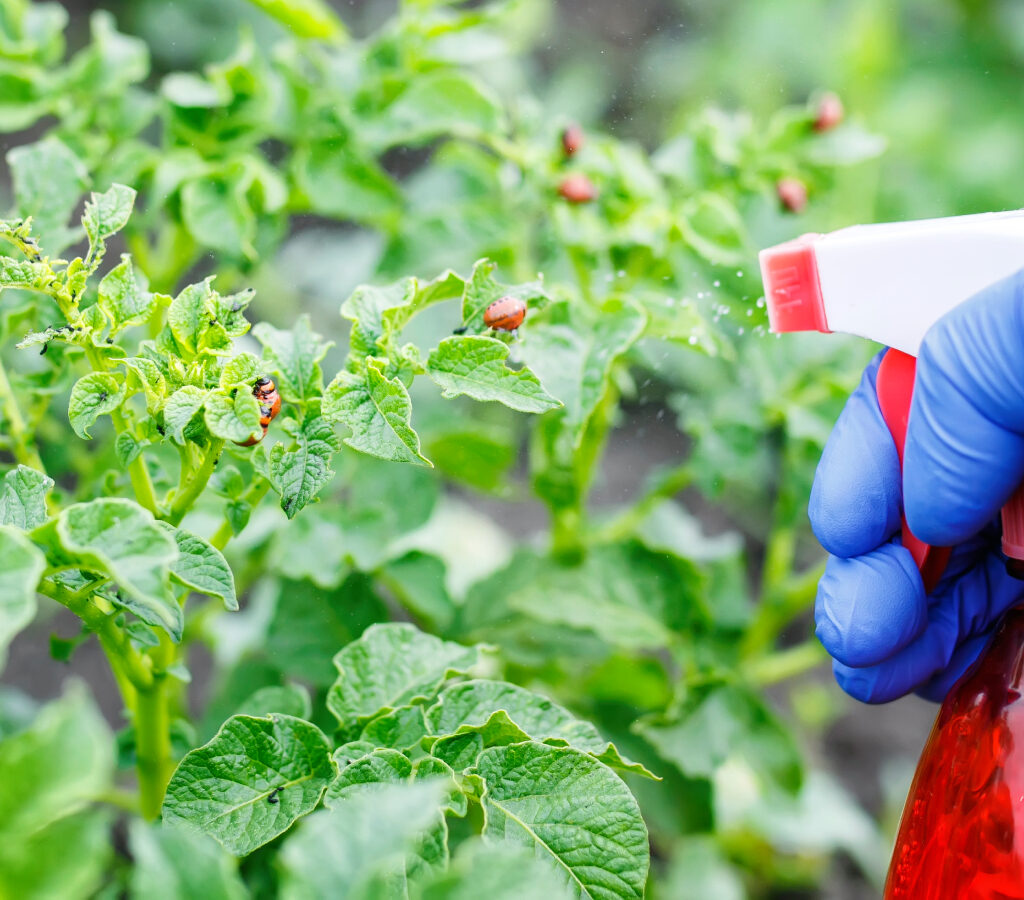
Most DIY sprays use readily available items from your kitchen or garden. Here are the most common:
- Garlic: Contains sulfur compounds that deter many pests.
- Neem Oil: An organic pesticide that disrupts insect hormone systems.
- Chili Peppers: The capsaicin content repels insects.
- Essential Oils: Peppermint, eucalyptus, and lavender oils are especially effective.
- Soap: Mild dish soap helps break down insect exoskeletons and aids in ingredient adhesion.
- Vinegar: Acts as a deterrent for ants, slugs, and aphids.
- Onion: Rich in sulfur compounds like garlic.
1. Garlic-Chili Spray

Effective Against: Aphids, caterpillars, beetles, whiteflies
Ingredients:
- 1 garlic bulb
- 2 teaspoons chili powder or 2 fresh chili peppers
- 1 liter of water
- 1 tablespoon dish soap
Instructions:
- Blend garlic and chili with water.
- Strain the mixture into a spray bottle.
- Add dish soap and shake well.
- Spray on infected plants every few days or after rain.
Pro Tip: Always do a patch test on a leaf before spraying the entire plant.
2. Neem Oil Spray
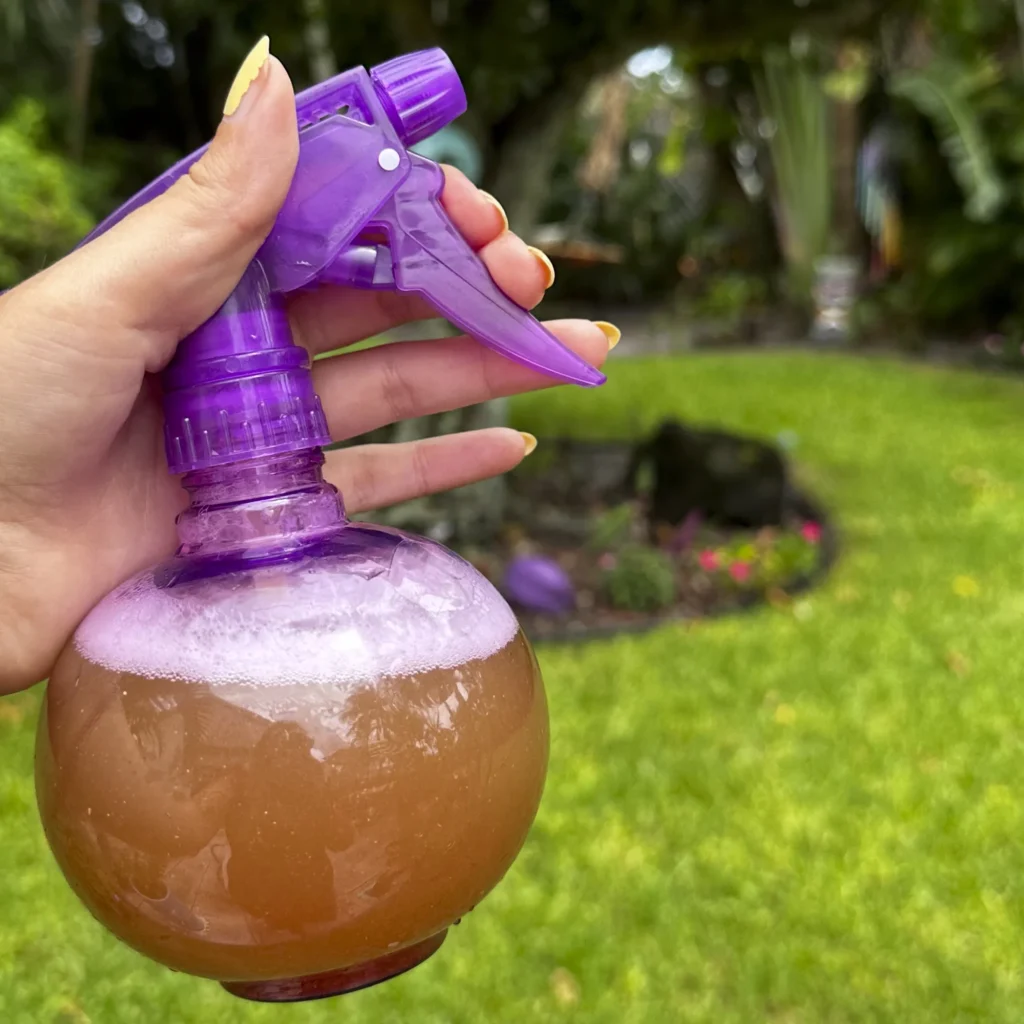
Effective Against: Aphids, mealybugs, spider mites, scale insects
Ingredients:
- 1 tablespoon neem oil (cold-pressed and organic)
- 1 teaspoon mild liquid soap
- 1 liter of water
Instructions:
- Mix soap and neem oil in water.
- Shake well and spray onto plant surfaces, including undersides of leaves.
- Apply early morning or late evening to avoid leaf burn.
Note: Neem oil acts slowly but disrupts the life cycle of many bugs, making it a long-term solution.
3. Vinegar Spray
Effective Against: Ants, slugs, snails, aphids
Ingredients:
- 1 cup apple cider vinegar
- 3 cups water
- 1 teaspoon dish soap
Instructions:
- Mix all ingredients and fill into a spray bottle.
- Spray directly on pests or affected areas.
Caution: Use sparingly, as vinegar can harm beneficial insects and burn plants if used in high concentrations.
4. Peppermint Essential Oil Spray
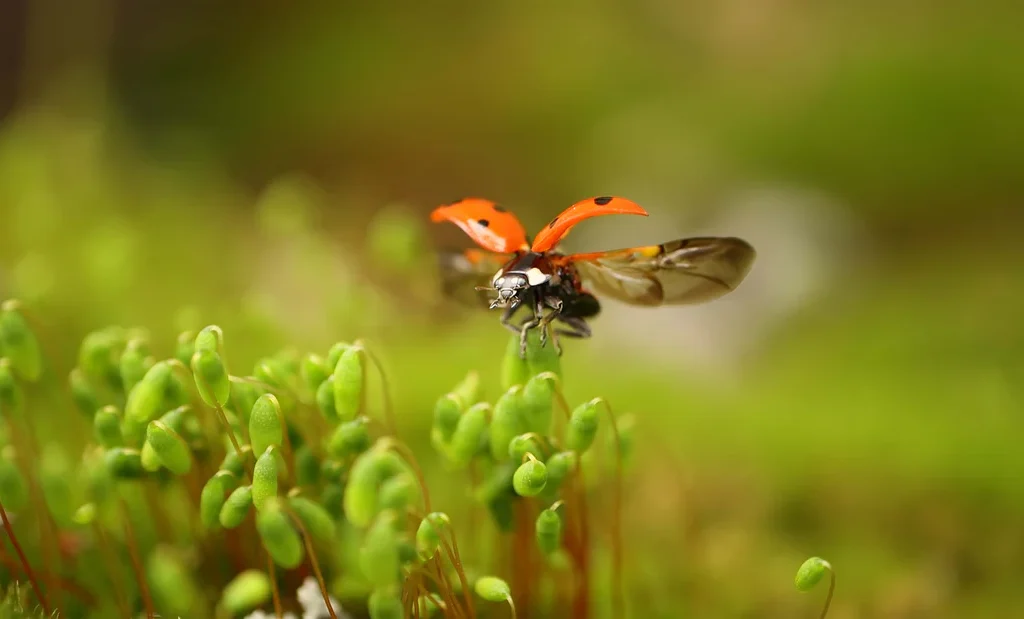
Effective Against: Ants, aphids, flea beetles, squash bugs
Ingredients:
- 10 drops peppermint oil
- 1 liter of water
- 1 tablespoon mild dish soap
Instructions:
- Mix all ingredients and shake well.
- Spray on and around plants to repel bugs.
Bonus: It leaves a refreshing fragrance in your garden.
5. Tomato Leaf Spray
Effective Against: Aphids, mites
Ingredients:
- 2 cups chopped tomato leaves
- 1 liter water
- Strainer and spray bottle
Instructions:
- Soak tomato leaves in water overnight.
- Strain and pour into a spray bottle.
- Spray on infected plants every few days.
Why it works: Tomato leaves contain alkaloids toxic to many pests.
6. Citrus Oil and Soap Spray
Effective Against: Whiteflies, ants, fleas
Ingredients:
- Peels from 2 citrus fruits (lemons or oranges)
- 2 cups boiling water
- 1 tablespoon Castile or dish soap
Instructions:
- Boil citrus peels and let steep overnight.
- Strain and mix with soap.
- Spray generously on the plants.
Good for: Both indoor and outdoor plants.
7. Onion-Garlic Spray
Effective Against: Aphids, cabbage loopers, cutworms
Ingredients:
- 1 onion
- 1 garlic bulb
- 1 tablespoon cayenne pepper
- 1 liter of water
- 1 tablespoon soap
Instructions:
- Blend all ingredients except soap.
- Let it sit for 24 hours, then strain.
- Add soap before transferring to a spray bottle.
Storage: Can be kept in the fridge for up to a week.
Best Practices for Using Home-Made Sprays
- Test First: Always test the spray on a few leaves before general application to avoid damaging the plant.
- Time Your Sprays: Apply during early morning or late evening to avoid sunburn.
- Frequency: Repeat every 3–5 days or after rainfall for best results.
- Storage: Most home-made sprays are best used fresh, but refrigeration can extend shelf life up to a week.
- Protect Pollinators: Avoid spraying flowers where bees land.
Pests vs. Beneficial Insects
One common mistake is killing all bugs indiscriminately. Here’s a list of beneficial insects you should protect:
- Ladybugs: Feed on aphids.
- Lacewings: Eat mealybugs and mites.
- Bees: Crucial for pollination.
- Spiders: Natural predators to many garden pests.
To avoid harming these garden allies:
- Spray in low traffic hours (early morning/late evening).
- Aim sprays directly at pests.
- Avoid broad-spectrum killing sprays.
Common Mistakes to Avoid
- Overuse: Frequent spraying can damage leaves or alter soil microbes.
- Wrong Concentration: Too strong a solution can burn your plants.
- Ignoring Leaf Undersides: Many pests hide there, so spray thoroughly.
- Using Expired Sprays: Fresh is always better for effectiveness.
Conclusion
Natural, home-made bug sprays are a fantastic way to maintain a healthy garden while being kind to the planet and your wallet. With simple ingredients like garlic, neem oil, and essential oils, you can create powerful repellents to guard against pests without compromising safety. While they may require more frequent applications than synthetic chemicals, the long-term benefits for your soil, plants, and health are well worth the effort.
So the next time bugs threaten your blooms or edibles, remember—you probably already have everything you need to fight back right in your kitchen.
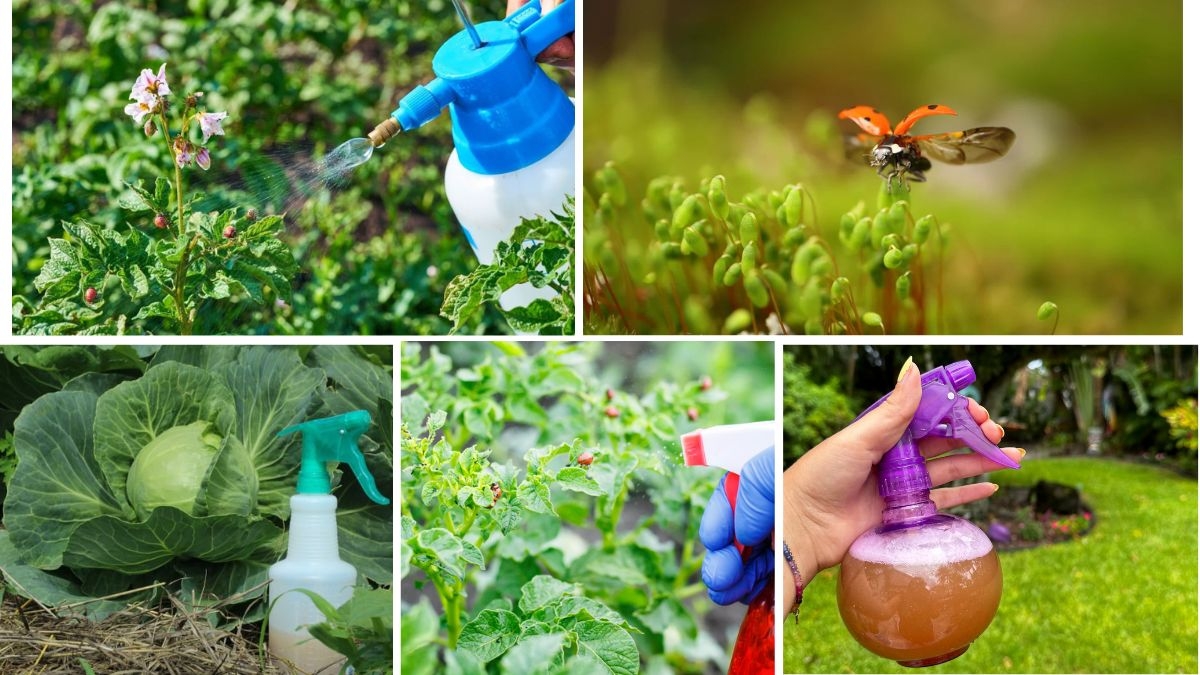





Leave A Comment